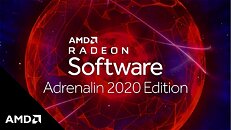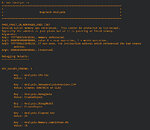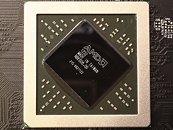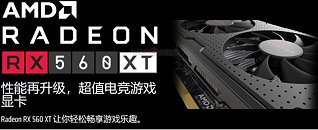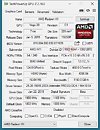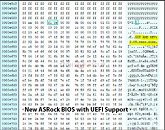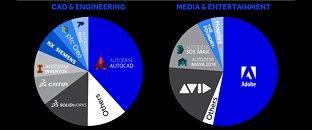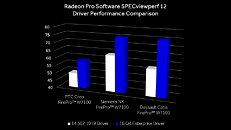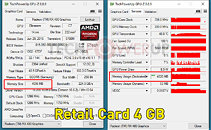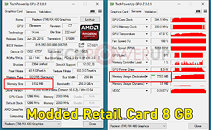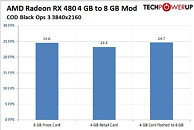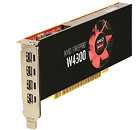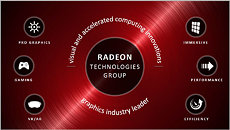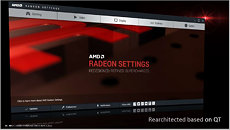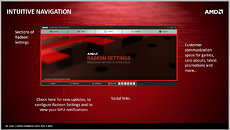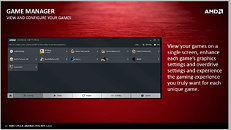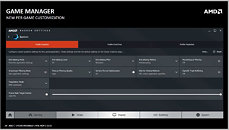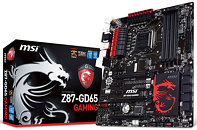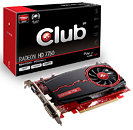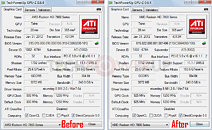
Nintendo GameCube Prototype From Space World 2000 Expo is Rediscovered
Nintendo hardware enthusiasts have been scouring the internet for more than two decades in search of special prototype Nintendo GameCube consoles - the Space World 2000 expo model has long been sought after by hardcore collectors. Nintendo revealed (at the time) its upcoming home console as well as the Game Boy Advance handheld system at their annual video game trade show held near Tokyo, or the company's hometown of Kyoto, Japan. Space World 2000 (Makuhari Messe, Chiba) would end up being the penultimate show, with Nintendo choosing to not continue with their regular consumer event post-2001.
Consolevariations, a gaming hardware database, this week reported via a blog post that an interesting GameCube prototype was up for sale, following a tip received on Discord, and it quickly became apparent that this slightly bashed and chipped example was indeed one of the very first models revealed to the public at Nintendo's Space World 2000 expo. Several preview units were also demoed on the showroom floor at the August 2001 event, but experts think that these were sourced from the previous year's batch.
Consolevariations, a gaming hardware database, this week reported via a blog post that an interesting GameCube prototype was up for sale, following a tip received on Discord, and it quickly became apparent that this slightly bashed and chipped example was indeed one of the very first models revealed to the public at Nintendo's Space World 2000 expo. Several preview units were also demoed on the showroom floor at the August 2001 event, but experts think that these were sourced from the previous year's batch.











